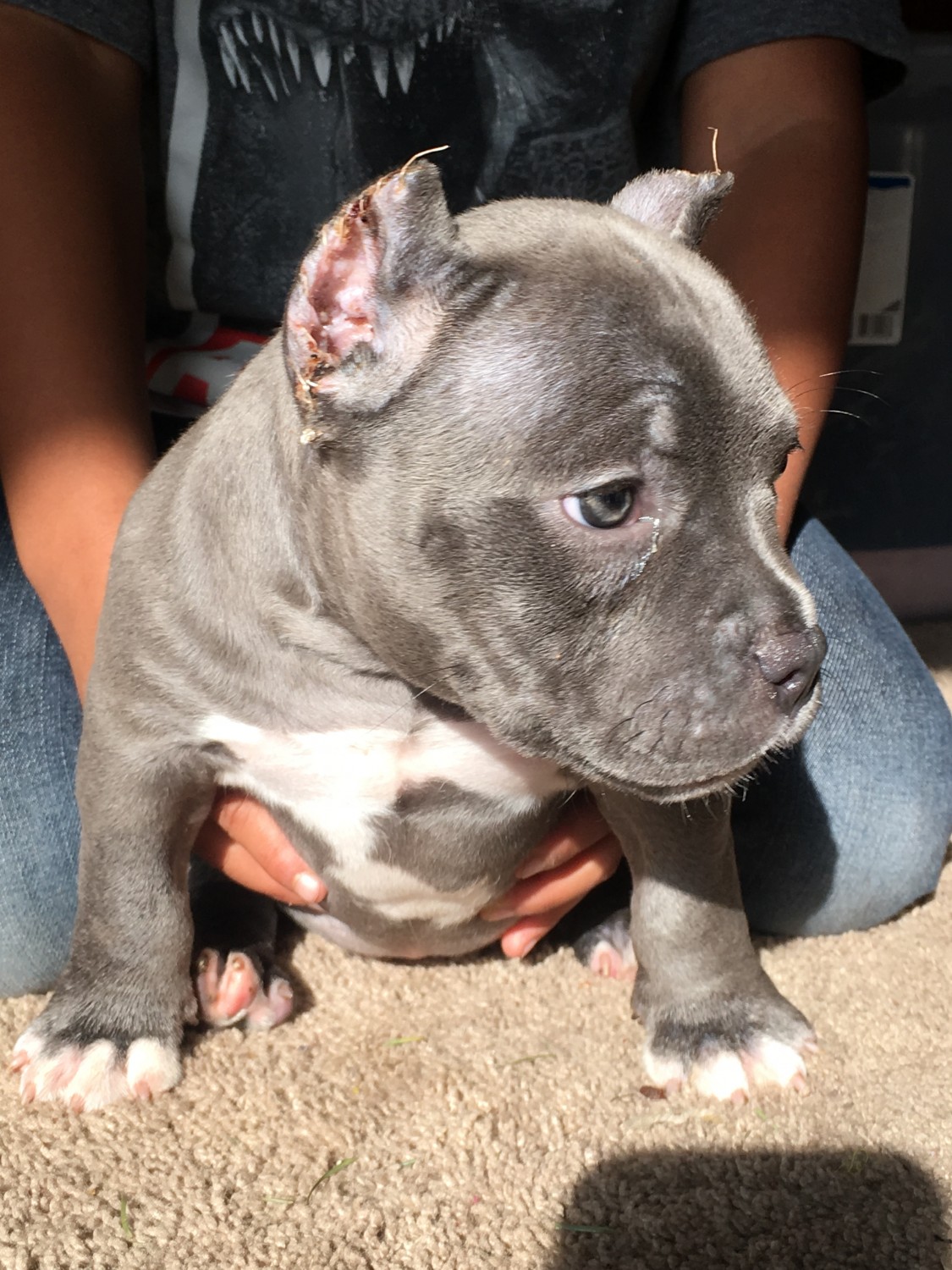
Pit Bulls were used in World War I, as mascots for marketing campaigns, and even presented in a new light on T.V. After its recognition, the Pit Bull spent decades reshaping its image. The American Pit Bull Terrier and American Bully are two different breeds. It wasn’t until 1898 that the breed would be recognized by the newly formed United Kennel Club (UKC), and finally, 38 years later in 1936, the breed was recognized by the AKC as a subcategory of the Staffordshire Terrier. When the American Kennel Club (AKC) was founded in 1884, dogfighting was illegal and the Pit Bull was far from its recognition. To achieve crazed and relentless dogs ideal for fighting, warrior Pit Bulls were starved, deprived of sunlight, and familiarized with killing other animals.Įnglish immigrants to America would eventually bring the dogs with them and dogfighting was common throughout the 19th century.

Unfortunately, dog fighting has stood the test of time better than the previous heinous events. This version of the Pit Bull was bred for direct combat with other dogs. Agility, ferociousness, and focus were the traits newly desired by the handlers and breeders. The “pit” in Pit Bull comes from ratting pits used during this time period.Īs the authorities became more efficient at shutting down Baiting and Ratting events, dog fights took over as the next phase of cruelty and misuse. A sport called Ratting emerged in which the dogs were thrown into a pit with rats and raced to see which could kill the most rats faster. However, this did not redirect the use of these dogs to more humane practices.

In 1835 the British parliament banned Baiting, making it illegal. Baiting was now done for sport and entertainment instead of necessity. The dogs would bite and lock onto the bull’s nose for handlers to regain control.īy the 16th century, this was called Baiting and was extremely popular throughout England. The Normans who invaded England would use them to subdue bulls that were too wild to tame. As these forefathers of the American Pitbull Terrier thrived into the year 1066. Dogs of the Molosssi were large, muscular dogs used in warfare.įrom the year 50 AD to about 410 AD, these dogs were mixed with indigenous breeds across Europe and used as fighting dogs in the colosseum and for local entertainment. Their roots are widely believed to date back to the Molossian family of dogs, named after the Molossi tribe who lived in ancient Greece. Today, Pitbulls are stereotyped by a dangerous and vicious persona due to maltreatment and even abuse.


The despised history of the American Pitbull Terrier plays a major role in the extended road to validity. It was a struggle that lasted roughly twenty years and was also a precedent to be learned from to shorten the timeline for this go-round. Prior to the efforts lead by the ABKC, the American Bully fought a battle to be embraced like the Exotic Bully fights today. It was an attempt by the registry to begin documentation of pedigree and present the breed at shows against its written standard. To achieve the personality of a family dog and companion, its base genealogy is derived from the American Staffordshire Terrier and several bulldog-type breeds.įor the “bully” and muscular physique, the American Pitbull Terrier was the foundation.Īlthough the breed originated during the 1980s, it was first recognized by the American Bully Kennel Club in 2004. The American Bully originated in the United States in the 1980s, bred for both differing physical traits and temperament. To better understand the emergence of the Exotic Bully and Clean Exotic, the history of the American Bully must be taken into account.Īs a true living ancestor, the American Bully has fought a similar battle for acceptance in a dog community that frowned upon its recognition and controversial history.


 0 kommentar(er)
0 kommentar(er)
